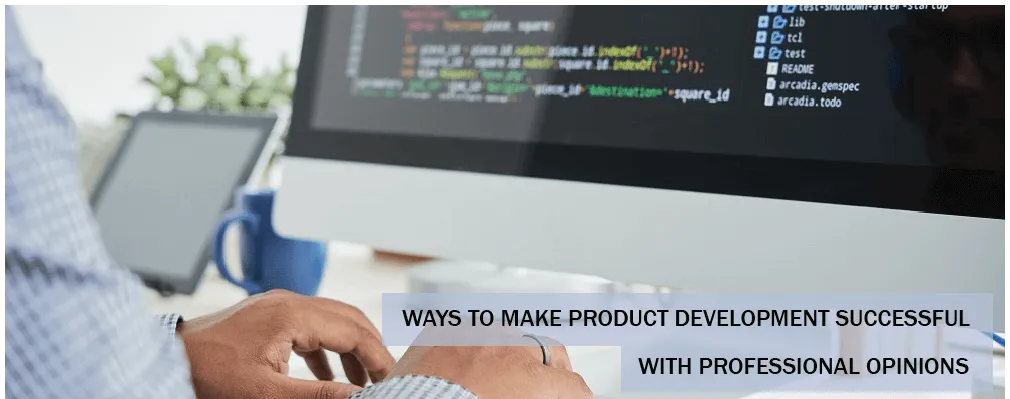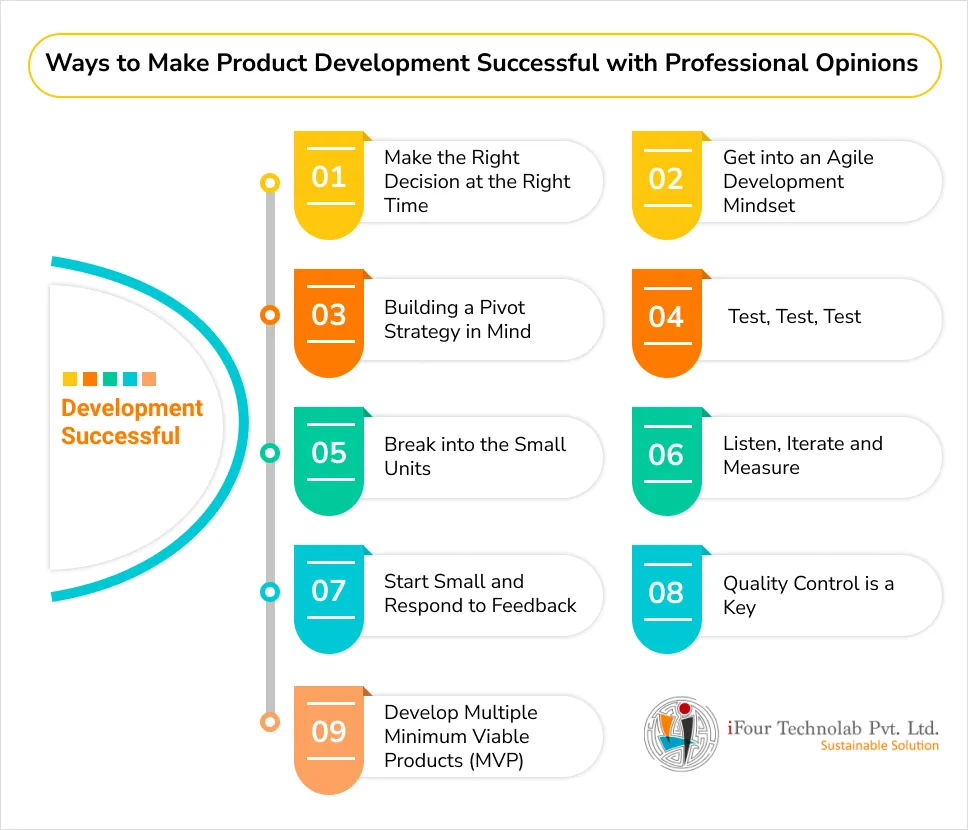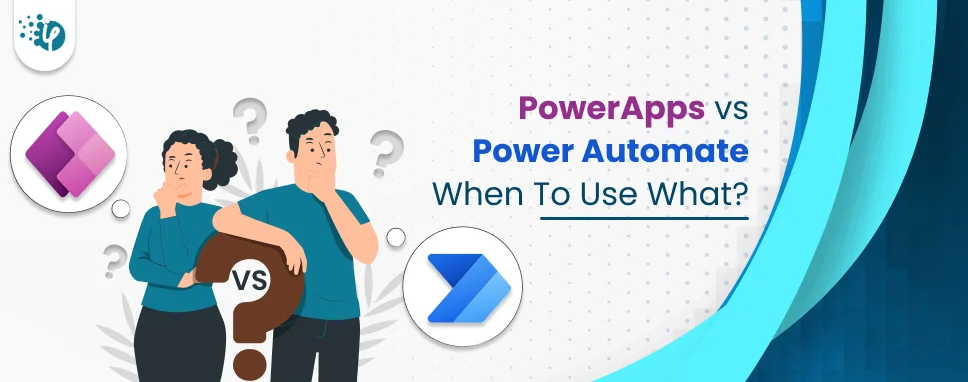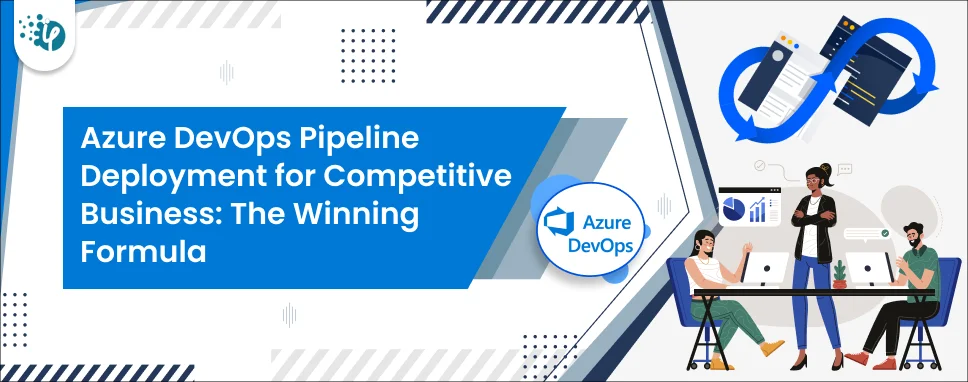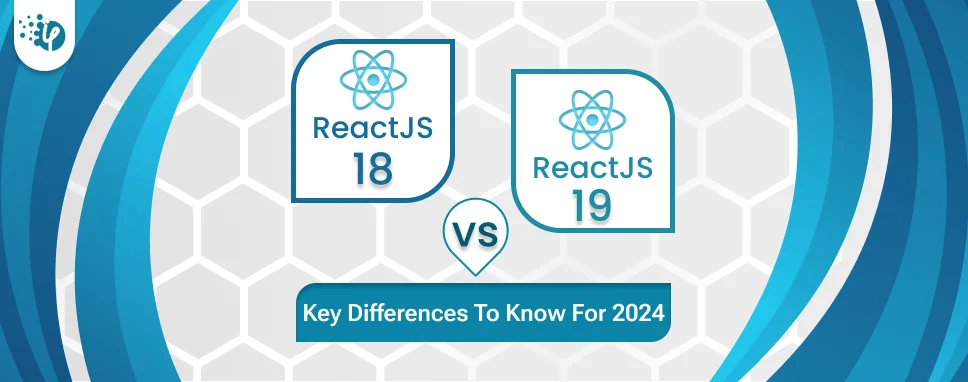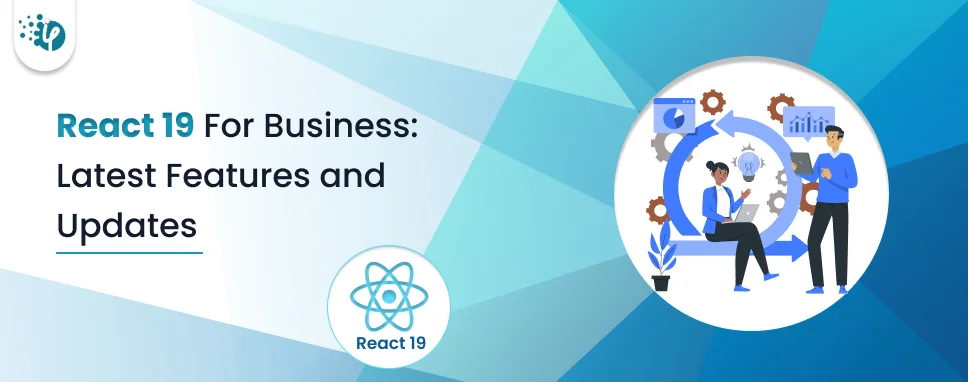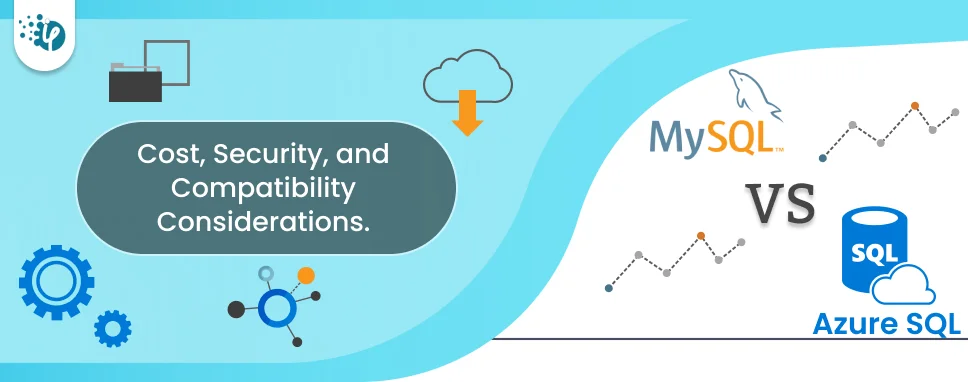While making a product development startup, many entrepreneurs get to worry about the product - whether it gets success in the market or not. And certainly, they become perplexed and forget a fact that “Success doesn’t lie in results but lies in the efforts.” Because even a tech giant had made great efforts in the past to reach at the level what it is today. The solution is simple – you just need to create a passion and tenacity in yourself for your business. Making a great investment without any plans and immediately launching the product in the market would never make sense in this practical world. One needs to make deep research, gather information from the experienced professionals, read the success stories of esteemed outsource development companies, take suggestions, and keep doing appropriate efforts for the success of your business startup product in the market.
Make the Right Decision at the Right Time
““When decisions matter, make the right decision at the right time with the right people and the best available knowledge. This sounds like a no-brainer but when start up teams are operating in a dynamic environment, it’s not always easy to make solid decisions at the right time, and yet the consequences of a poor decision can be severe.
Many startup founders think that it’s best to make decisions fast and then iterate until they land on the right decision. That works for many decisions — but some decisions are too costly to change later, and have too much impact to ignore. When a founder makes decisions like these too early, without the knowledge needed to make them with confidence, they can trigger long, painful project delays or cost overruns — some bad enough to cause a good idea to fail in execution. Instead, when founders have a decision to make that will be difficult or costly to change, they can spend just a little time reflecting on when the decision really needs to be made, who needs to be involved in making it, and what knowledge they need to make the right decision the first time.””
- Katherine Radeka from Rapidlearningcycles.comGet into an Agile Development Mindset
““With a new startup, I feel it's a good idea to start things off on the right foot. For me this means getting into an agile development mindset right from the start. Not just specifically the Agile philosophy, but keeping agile across your entire company. This means developing ideas quickly, prototyping them, and getting them to market in their minimum viable form.
“If you do this, you can pivot from either a failure or a success. With a failure, you do a postmortem and start the process over with the knowledge you've gained. With a success, you iterate and build upon what went right and give your customers more of what they want.”
- Rex Freiberger, CEO of Gadget Review“What we often advice our clients is to maintain their agile approach. As technology evolves faster than what we could forecast, you need to focus on how your business can tap the existing tech progress to streamline your product development process. Your innovation depends on how you keep with the competition and a huge part of your success relies on your tech advantage.”
- Michael Hammelburger, CEO of The Expense Reduction GroupBuilding a Pivot Strategy in Mind
“Consider building with a pivot strategy in your mind.
“We are playing to an increasingly volatile market. Consumer behavior, market standards, and global trade conditions are changing by the minute. I've found that it's always safer (and saner) to develop a product knowing you may have to pivot someday. Products fail, but your business shouldn't. It's always good to have a plan to build your product into something else more saleable, if the first one fails.”
- Hiral Atha, CEO of MoveoappsTest, Test, Test
“Too many people build a product and realize that nobody wants to use it. Build, measure, learn, iterate or pivot, then repeat!
The first step is figuring out the problem that needs to be solved and then developing a minimum viable product (MVP) to begin the process of learning as quickly as possible. Basically, it's a business-hypothesis-driven experiment with iterative product releases and validated learning.”
- Taylor Lindores-Reeves, Director of, Digital Speed“To make product development a success, testing is needed. You should have a prototype that can answer questions like what does it do, how can it improve our lives, what's different from your competitors, and why is it better. An essential part of testing is getting feedback from customers and incorporating changes. These test won't be any good if they fall on deaf ears. So make sure to analyze all your data and feedback and come up with a better product!”
- Michael Miller, CEO of VPN Online Multimedia Inc.“Make sure your product works as intended before rolling it out. That’s why prototyping and testing are some of the most important steps in product development. The initial concept may seem perfect, but you can never be 100% sure that a product will function properly until you test it.”
- Vladlen Shulepov, CEO of RiseappsBreak into the Small Units
“Break your product development into the smallest units/pieces and then only develop and launch one piece at a time. An iterative approach in this way allows you to stay agile, make quick changes where needed and most importantly, get a version of your product out to real-life customers and help them to co-create the product they want and need by asking for their feedback.
“Otherwise, many startups can burn through a lot of capital, spending years developing something that never launches and when it does, is already stale and not what customers want anymore. Technology evolves very quickly as well as customers’ demands and expectations. Breaking down your development and involve your customers in the building process is essential as it keeps you in touch with the market in real-time, making it easier for you to adapt and/or pivot your product.”
-Sukhi Jutla , Co-Founder of Market OrdersSearching for Reliable Software Development Company ? Contact Now.
Listen, Iterate and Measure
“Listen: is for getting as more feedback as you can, talk to your customers. They know better than you what they want.
Iterate: Build the most asked feature by your customer. Do it fast, the faster the better
Measure: Last step of the process. Once you’ve built the feature measure the impact. If it’s negative trash it, if it’s positive then improve it or repeat the loop for another feature!”
-Xavier Coiffard, Co-Founder of Logology.coStart Small and Respond to Feedback
“When launching product development, start small and respond to feedback. If you start with too many products, there is a higher likelihood of errors and not enough time or team power to address them. Begin with one or two viable products that you can release and listen to what customers are saying. Using that feedback, you can make the necessary changes or updates that will improve your product, which will, in turn, help you grow as a company.”
-Laura Fuentes, Operator of Infinity Dish“Your customers are terrible product designers, but their feedback is critical.
What we mean by that is you have to gather user feedback, but rather than implementing it blindly, you need to analyze the “why” behind it, aka understand it. Once you understand the why, you will be able to gather meaningful data and make appropriate changes.”
- Nick Swenson, Managing Partner of Swenson HeQuality Control is a Keyk
“Quality control is key in product development. Whether you are using an automated or manual process - it is crucial to implement strategies that ensure quality control in each process of the supply chain. This will ensure a low defect rates in each step of the product development process - including sourcing, manufacturing, and packaging. Implementing strong quality control procedures will increase efficiency, ensure that the product meets high quality standards, and create a positive and reliable company image.”
- Sanjana Goghar, from MintsaDevelop Multiple Minimum Viable Products (MVP)
“Developing multiple minimum viable products. This has allowed us to test our ideas in the market through taking advantage of potential customer information. A MVP will make your product development process closer to perfection - close but not quite as there will always be room to grow. However, having many MVPs will help you iron out issues faster than concentrating on one prototype alone.”
- Finn Cardiff, CEO and Founder of Beachgoer












